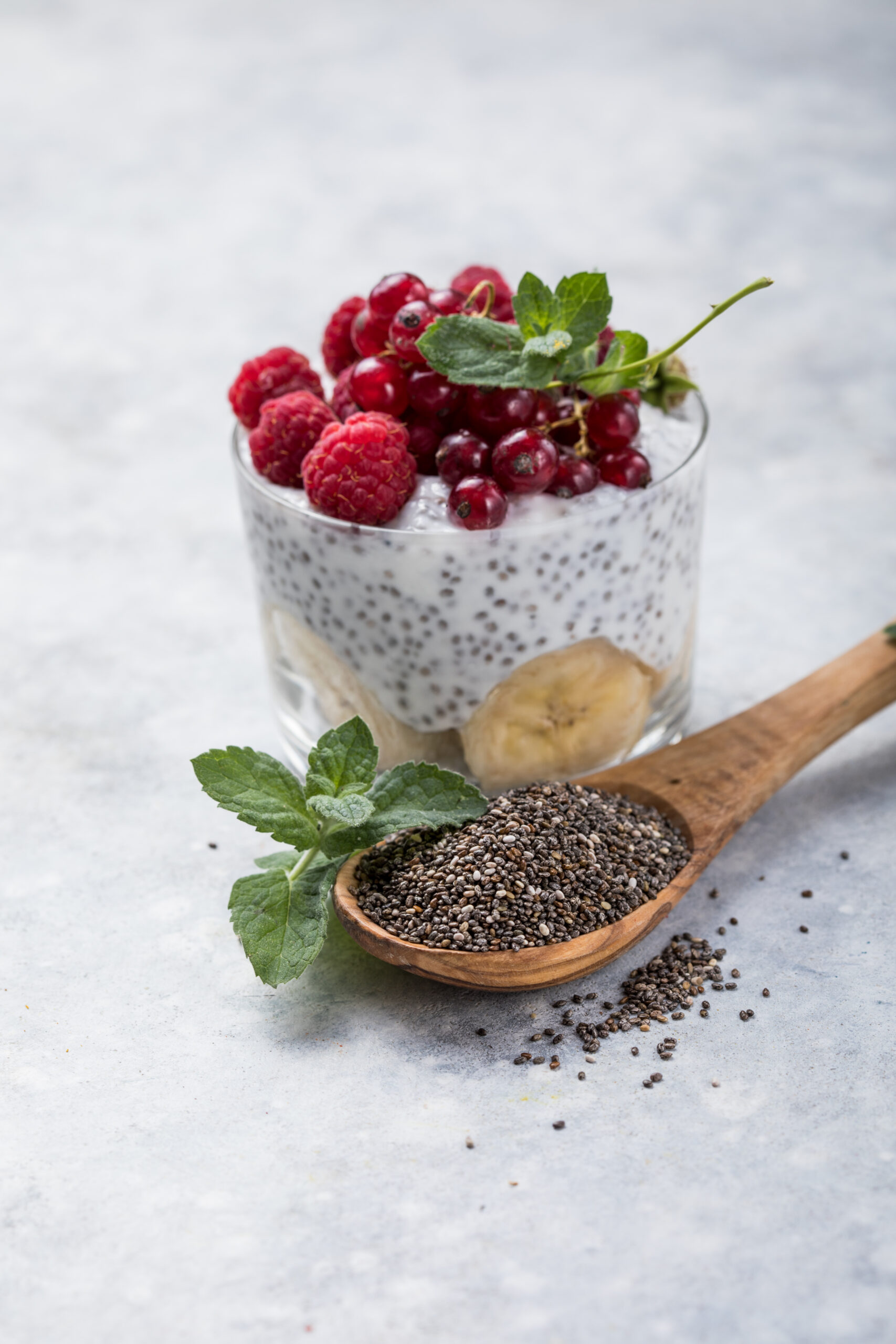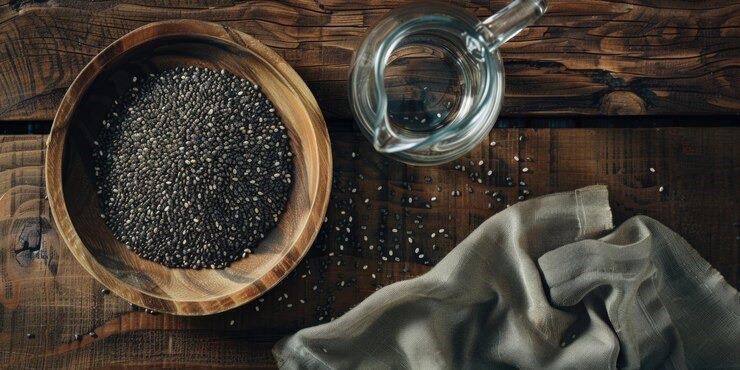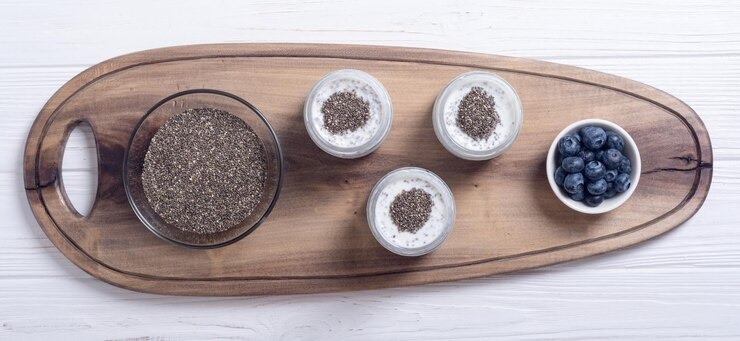Chia Seeds, the Fiber Shot

Chia seeds (Salvia hispanica) come from a sage of the Lamiaceae family, which also includes mint, lavender, and rosemary. Oval and tiny – they measure about 2 mm – they are obtained from dried flowers harvested from the plant in the autumn. Their shade varies from brown to beige, with a marbled appearance.
They were originally cultivated in Mexico from 2000 B.C. Today, they are found in the tropical and subtropical zones of Central America, South America, and Australia.
BENEFITS OF CHIA SEEDS
✓ The best source of fiber
✓ An omega-3 shot
✓ Source of antioxidants
✓ Source of protein
✓ Aid in weight loss
Their cultivation developed under the pre-Columbian civilizations of Mesoamerica, the Toltecs, the Maya, and then the Aztecs. They were used for food and therapeutic purposes due to their high nutritional value. They were one of the main foods consumed along with corn and beans. Roasted and/or ground, they were the basic ingredient of pinoles, small energy cakes, and drinks. The name “chia” comes from Nahuatl, the Aztec language, and means “oily”.

The production and consumption of chia seeds gradually declined following the Spanish conquest and they eventually fell into oblivion. So why are they making a comeback on the superfood scene 5 centuries later?
At the end of the 1990s, the American company Core Naturals LLC discovered the remarkable properties of chia seeds and, after multiple cross-breeding, isolated the most nutritious and omega-3-rich white seeds. They patented them under the name Salba and intensively developed their plantation in Peru. Since then, nutritionists have been interested in this remarkable food, and it has become a star of healthy food.
Today, they are particularly prized for their multiple benefits and ease of consumption. Slightly flavored, they mix into any kind of recipes, although some are specifically dedicated to them, such as the famous chia pudding.
They are really interesting from a nutritional point of view because they are rich in antioxidants, minerals, vitamins, and omega-3, and low in calories. But, like psyllium, it’s mainly their high fiber content that sets them apart.

Nutritional composition
- Fatty acids: omega-3 (alpha-linolenic acid) and omega-6
- Proteins : 9 essential amino acids (including tryptophan)
- Polyphenols : chlorogenic acids, caffeic acid, flavonols
- Minerals and trace elements : calcium, phosphorus, iron, magnesium, manganese, potassium, zinc, copper
- Vitamins : B1, B2, B3, B9, B12
